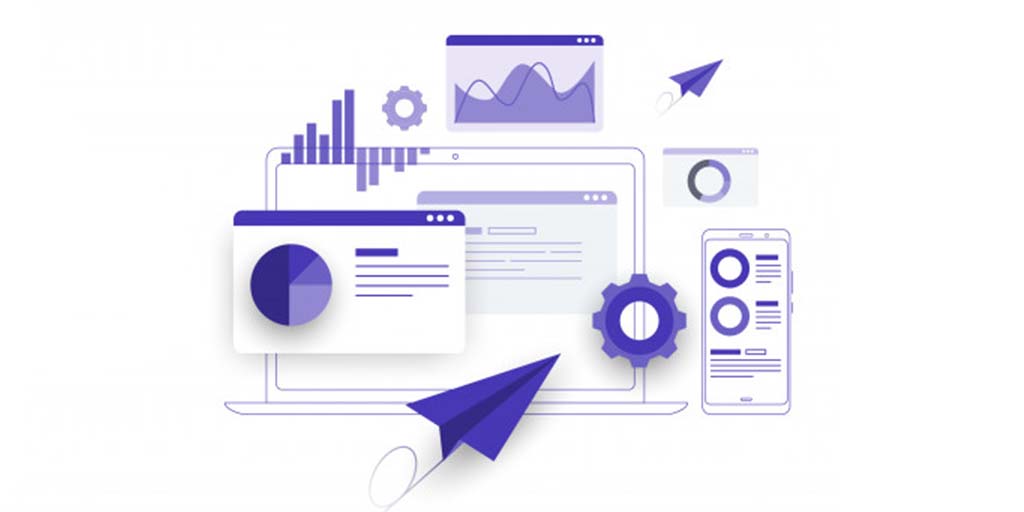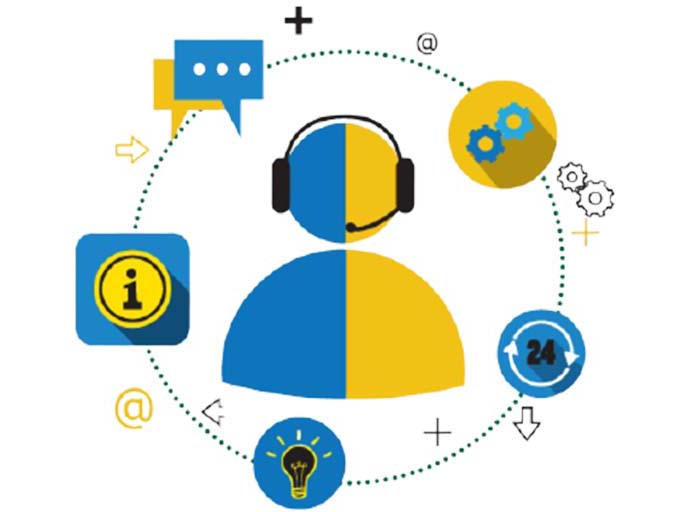Cold Calling Vs Cold Emailing: Choose wisely to utilize your business opportunities


When it comes to sales strategy, there are many different techniques. Businesses use both outbound and inbound outreach strategies to obtain new clients in B2B marketing. Marketers nowadays put a lot of effort into inbound content marketing methods like blogging and maintaining a social media presence, as well as holding webinars. However, there are several underutilized yet efficient outbound tactics for approaching a prospect via phone calls or emails that can have a big impact on your company's growth strategy.
This time we are analysing the effectiveness of Cold Call and Cold Mail. Let us learn from scratch.
Cold calling is a solicitation of a potential customer who has not previously interacted with a salesperson. It is a type of telemarketing, is one of the oldest and most prevalent ways for salespeople to advertise themselves.
A cold email is sent without the recipient's permission or prior contact. A cold email is similar to a cold phone call in many ways; it's only less obtrusive. This indicates that it is virtually universally favoured by both the sender and the recipient.Indeed, holding a comprehensive Industry Specific Email List is beneficial and can save your resources effectively.
If you manage to get a hold of the person, cold calling can help you plan meetings, acquire referrals, or even close transactions right then and there. And when you make a cold call, you have complete choice over who you contact. However, while you have control over who you contact, the person you contact is unlikely to bite.
It's doubtful that someone will stumble across your business or website if they aren't looking for the products or services that your company provides. As a result, it's up to you to go out and find them! Cold calling is one relevant option for you to connect with these prospects.

Cold-calling allows you to reach out to potential consumers who suit your target demographic and tell them about your company's services. You might want to explore buying call lists that include people in this category to make things easier.
It might annoy people: The majority of people dislike getting unexpected phone calls, particularly from cold callers. They may not want to take time out of their busy schedules to listen to an unsolicited presentation from a salesperson. Furthermore, even if the potential consumer answers the phone, you may reach them at an inconvenient hour or be directed to their voicemail.

As a result, you risk permanently alienating these potential customers. When cold phoning, you run the danger of consumers deciding right away that they aren't interested in hearing your pitch and don't want to be bothered.
Inconsistent Result: Even if you've had some success cold calling prospects, it shouldn't be the exclusive emphasis of your sales and marketing efforts. Cold calling can be effective at times, and you may earn some additional sales, but you may run into a snag where the folks you're contacting aren't interested. You won't be able to anticipate how many sales you'll make through cold calling in most cases.
Time-Consuming: One prospect equals one phone call. Although it was previously mentioned as a cold call benefit, it might also be a negative. Because you can't reach numerous individuals at once with a phone call, unlike email, the time spent on a single call is spent on just one individual.
Despite all of the disadvantages, cold phoning is still a common sales tactic. Isn't the fact that it exists in an age of email and the Internet proof enough of its effectiveness? Why would managers make their salespeople do it if they didn't want to? So, how can we stay in touch with potential consumers without picking up the phone?

The majority of business personalities prefer to communicate via email. Let's take a look at America's, if not the world's, busiest man, the president. Historically, no president has ever used a cell phone while in office.
Email is by far the most used method of corporate communication. The phone is generally used to schedule appointments and meetings. Notifications and updates are sent via email. While emailing is a more convenient way to reach people, it is far from ideal for cold calling.
It has a good return on investment: Email marketing is noted for its high return on investment (ROI), which may be as high as $44 for every $1 spent. As a result, the $55 you spent to set up your email outreach campaign can help you earn almost $2,400.Cold emailing improve your B2B sales strategy.
Cold emails don't go away: A sales pitch on Twitter or Facebook can reach hundreds of individuals, but anyone who isn't watching their page at the moment will almost certainly miss it. An email is awaiting the recipient's response.
Cold emails can be scaled: Each day, you can only knock on a certain number of doors or make a certain number of cold calls. A cold email has the potential to reach thousands of people with a single click of a button, which is also its worst flaw.
Invest in a trusted data provider to get your list: It can be tempting to go after the cheapest email list you can find when you're just starting, but expert advice against it. Cheaper lists from shady sources are rarely used, and they often contain dangerous information such as spam traps and obsolete email addresses. Accessing a comprehensive Business Email Lists is the key aspect of cold emailing.
Make sure your email list is up to date: Even the best email list will need to be cleaned at some point. People's emails are disabled or turned into spam traps when they change jobs, which might impact your sender's reputation. These hazardous addresses may eventually put you on a blacklist.
Spamming should be avoided: This may seem self-evident, but spam filters do not require you to intend to send spam to be detected. There are numerous terms, phrases, and design choices that will cause you to be sent to the rubbish folder rather than the inbox. You must become familiar with these spamming activities and avoid them.